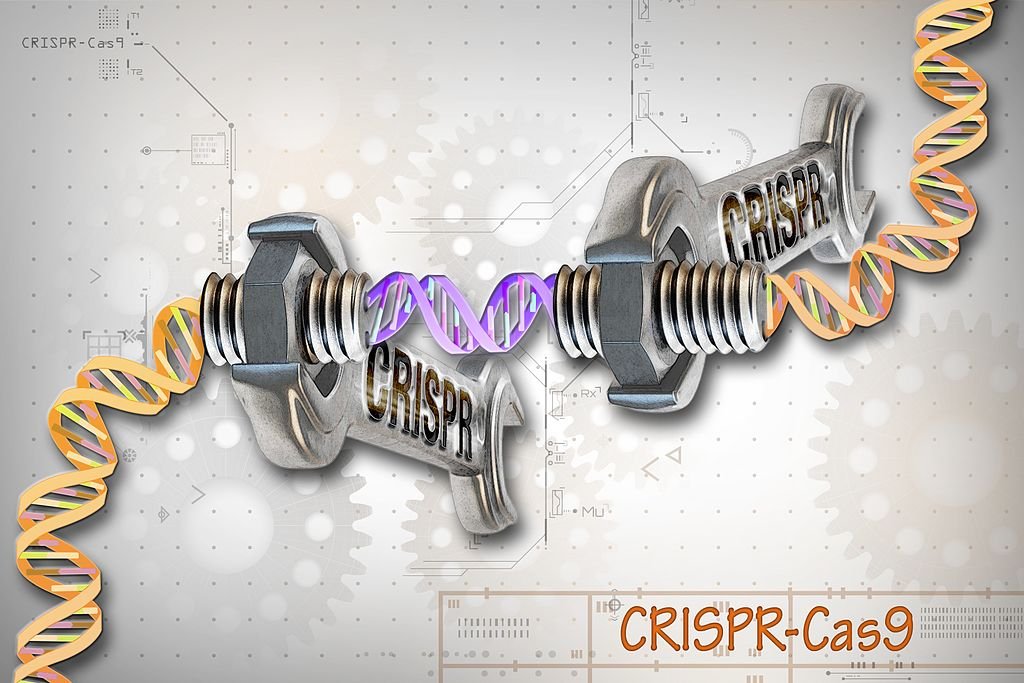CRISPR, an acronym for Clustered Regularly Interspaced Short Palindromic Repeats, has emerged as a groundbreaking technology in the field of gene editing. Its applications extend into various domains, including microbiology, where it is revolutionizing our understanding and manipulation of microorganisms. As scientists delve deeper into the microbial world, CRISPR offers unprecedented tools to manipulate microbial genomes with precision, reshaping numerous fields from medicine to agriculture.
Understanding CRISPR Technology
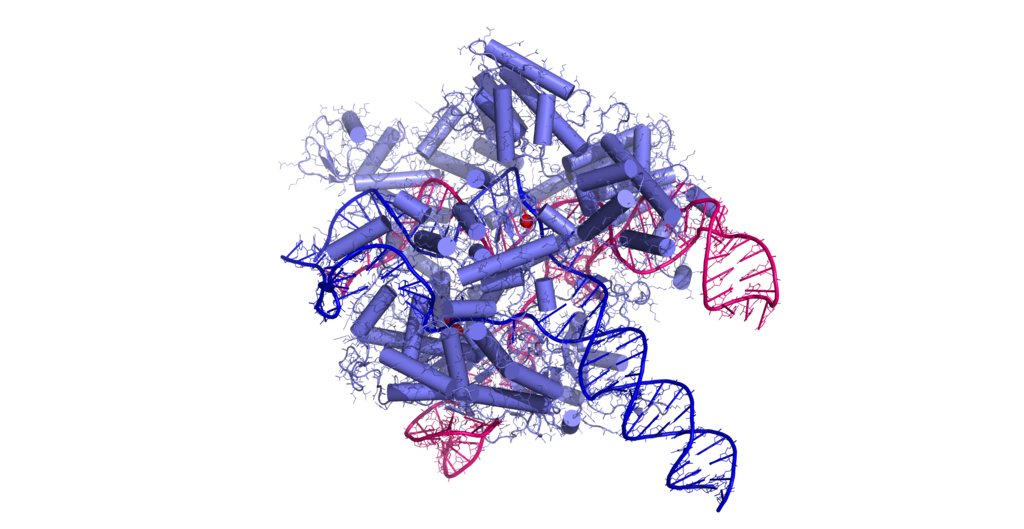
Originally discovered as a part of the immune system in bacteria, CRISPR allows these microorganisms to fend off viral attacks by slicing viral DNA. Scientifically harnessing this natural ability, researchers have developed CRISPR-Cas9, a tool that can cut, modify, and regulate specific genetic code sequences. The simplicity and accuracy of CRISPR-Cas9 technology have made it a preferred method for gene editing, surpassing older techniques in efficacy and cost-effectiveness.
Impact of CRISPR on Microbial Studies

The adoption of CRISPR in microbiology has dramatically enhanced our ability to study microbial functions and interactions. By enabling targeted mutations and gene deletions, CRISPR helps identify the roles of specific genes and gene networks within microbes. This precise manipulation opens new avenues to investigate pathogen behavior, antibiotic resistance, and metabolic processes among microorganisms.
Transforming Pathogen Research

Pathogens, responsible for diseases in humans and animals, can now be studied more comprehensively using CRISPR. Researchers can systematically knock out genes suspected of contributing to pathogenicity, revealing potential targets for new therapies. This approach has already led to breakthroughs in understanding viruses like HIV and bacteria such as Mycobacterium tuberculosis, offering hope for developing effective treatments and vaccines.
Enhancing Microbial Biotechnology

CRISPR also plays a crucial role in microbial biotechnology, where its precise editing capabilities facilitate the optimization of microbial strains for industrial applications. By altering or enhancing specific microbial genes, biotechnologists can improve the production of biofuels, pharmaceuticals, and other valuable chemicals, making processes more efficient and sustainable.
Environmental Applications
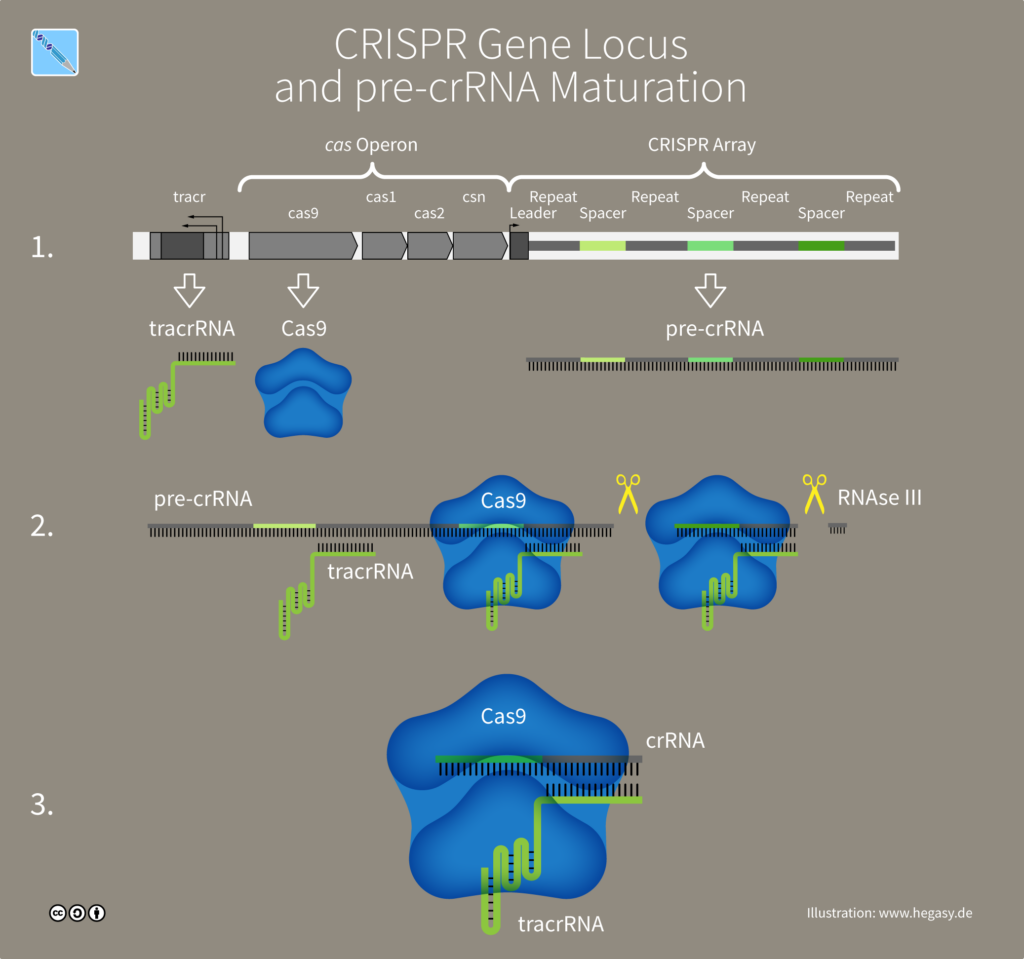
Microbes significantly impact ecosystems, affecting everything from soil health to carbon cycling. With CRISPR, scientists can engineer microbial populations to perform specific environmental functions, such as degrading plastic waste or enhancing soil fertility. This capacity to modify microbial communities holds the potential for addressing pressing environmental issues through innovative bioremediation strategies.
Challenges and Ethical Considerations
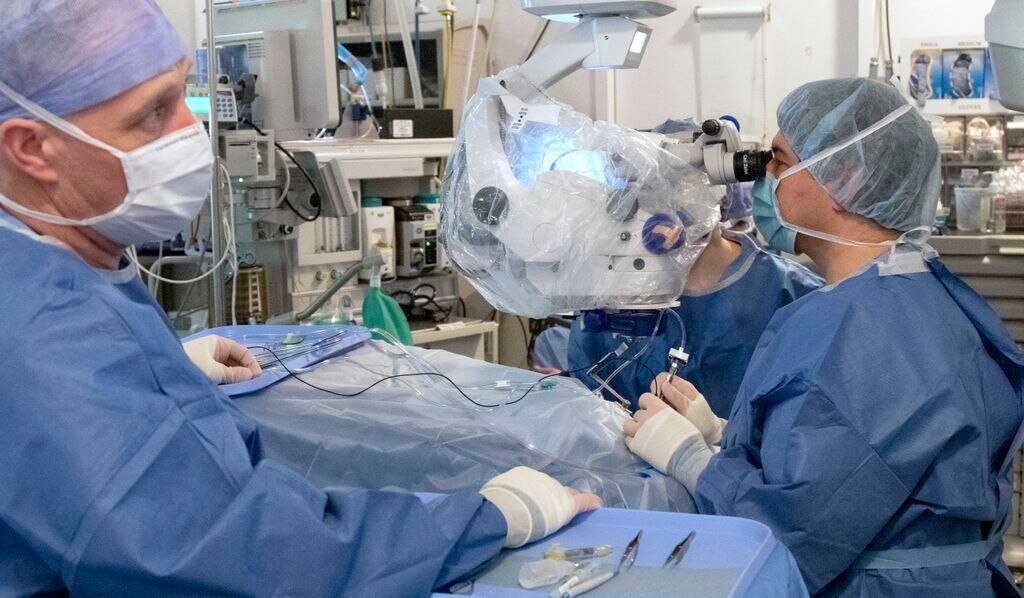
Despite its advantages, CRISPR technology also presents challenges and ethical dilemmas. Off-target effects, where unintended genes are altered, pose a risk when editing microbial genomes. Ensuring accuracy and controlling gene editing outcomes remain priorities for researchers. Moreover, the potential ecological consequences of releasing gene-edited organisms into the environment warrant careful ethical consideration and regulatory oversight.
The Future of CRISPR in Microbiology
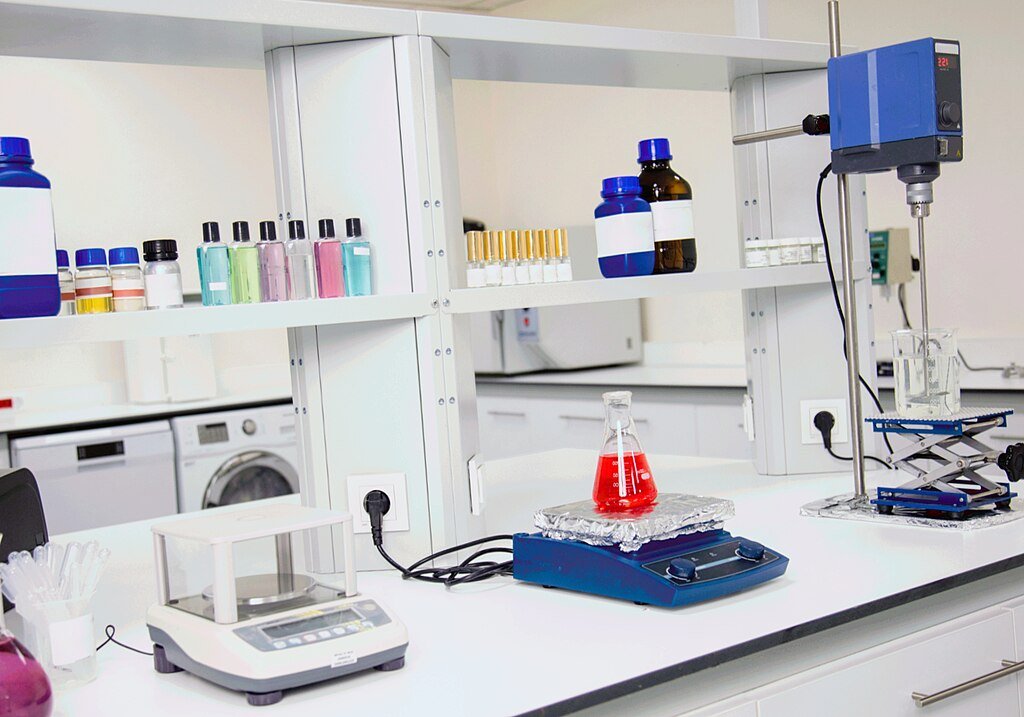
As CRISPR technology continues to evolve, its applications in microbiology are likely to expand, offering more sophisticated tools for gene editing and functional analysis. Innovations such as CRISPR-based diagnostics and therapies promise to revolutionize how we detect and treat microbial infections. By deepening our understanding of the microbial world, CRISPR not only enhances scientific knowledge but also provides practical solutions for global challenges in health, industry, and the environment.
Conclusion

The transformative impact of CRISPR on the study of microbes is clear and profound. Through precise and targeted genetic modifications, this revolutionary tool is advancing our comprehension of microbial life and empowering scientists to tackle significant global challenges. As research progresses, the ongoing integration of CRISPR in microbiology holds immense promise for continued innovation and discovery. Ultimately, embracing CRISPR’s potential will pave the way for a better understanding of the microscopic world and contribute to improvements in health, industry, and ecosystem management.

